Elections Are Shrinking
The voters in Ohio’s 8th District had better be happy with Republican Rep. John Boehner. They have no choice.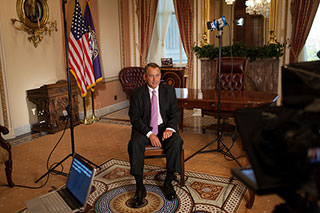
By Thomas Hedges, Center for Study of Responsive Law
The voters in Ohio’s 8th District had better be happy with Republican Rep. John Boehner. They have no choice. No Democrat is opposing the incumbent, who’s been in office since 1990 and ran uncontested once before in 1994. But Boehner is not alone. He is one of 58 incumbents this election running without a challenger, according to a FairVote report published in July called “Monopoly Politics.” An additional 270 races out of 435 are so heavily dominated by one party or the other to render the races meaningless. There are 74 districts that are “balanced,” within the margins of 54 percent to 46 percent for either candidate.
“The problem isn’t gerrymandering,” says director of FairVote.org Rob Richie. “Even if you draw squares across the country, [races] will still be noncompetitive.”
Districts are traded like baseball cards between the two major parties. When one district is stamped Republican or Democrat, the parties move on. In 1984, for example, there were 14 or 15 swing states. Today, there are eight or nine.
The shrinking number of districts that remain competitive become the center of campaigns. They are the last pockets where Democrats and Republicans can each mine votes.
The Citizens United case from 2010, which permits unlimited corporate spending in elections, has exacerbated the calcification of the electoral process.
The case has also increased the number of negative advertisements. It does not require super PACs to disclose their sources of funding, allowing for fierce attacks on candidates without linking the message to a company or candidate.
Richie says that dirty advertising works. “People,” he says, “vote with fear.” People need to pick a side when there are more negative ads. “It’s like being on a team,” he says. “When you don’t like the other party, you start to like your side more and more.”
This dividing up of districts atrophies state and local elections. About 40 percent of legislative races, the FairVote report says, are uncontested this year. In Georgia, 77 percent of state legislative races have only one candidate on the ballot.
Voters are settling comfortably into one party or the other. There “isn’t even a pretense of dialogue now,” says Richie. The two parties have become “more distinctive in people’s minds … [and] people seem simply to be voting for their team.”
Richie insists that elections and politics are more about partisanship than they are about campaign contributions.
“If a candidate is with the wrong party in the wrong district,” the report reads, “he or she will probably lose no matter how highly qualified and well-funded.”
Most voters have already been sold on either the Democratic or Republican brand. A candidate who attaches his or her name to one of the two brands benefits from the billions spent by the two parties in political advertising. And it is estimated that politicians will spend more by far this year on their campaigns than in any other year in history.
Despite this rise in spending, neither President Obama nor Gov. Romney has visited the vast majority of cities suffering the worst unemployment.
“This is a product of statutory rules,” Richie says. “And I don’t think there’s any indication of this changing.”
This article was made possible by the Center for Study of Responsive Law.
Your support matters…Independent journalism is under threat and overshadowed by heavily funded mainstream media.
You can help level the playing field. Become a member.
Your tax-deductible contribution keeps us digging beneath the headlines to give you thought-provoking, investigative reporting and analysis that unearths what's really happening- without compromise.
Give today to support our courageous, independent journalists.


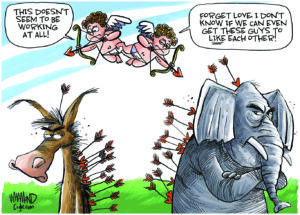
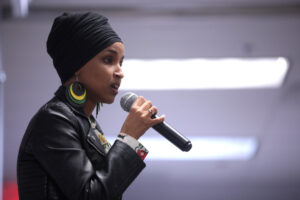
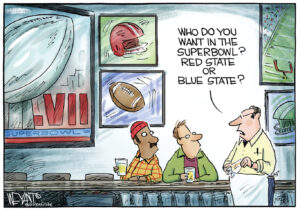
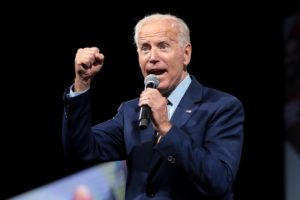



You need to be a supporter to comment.
There are currently no responses to this article.
Be the first to respond.